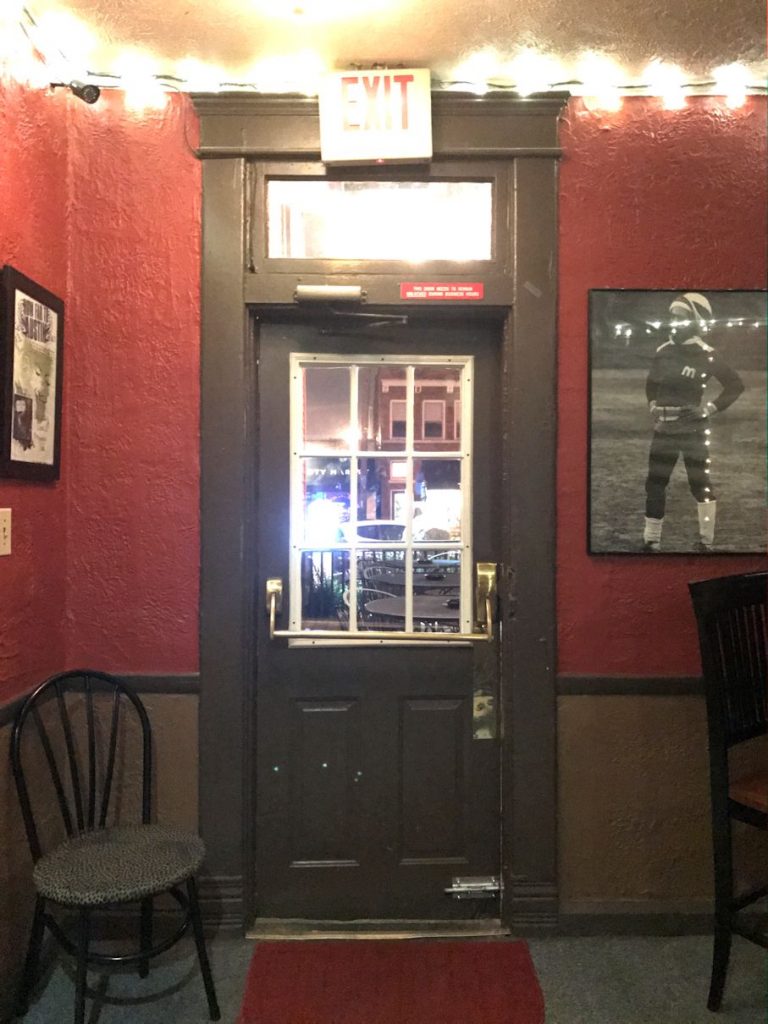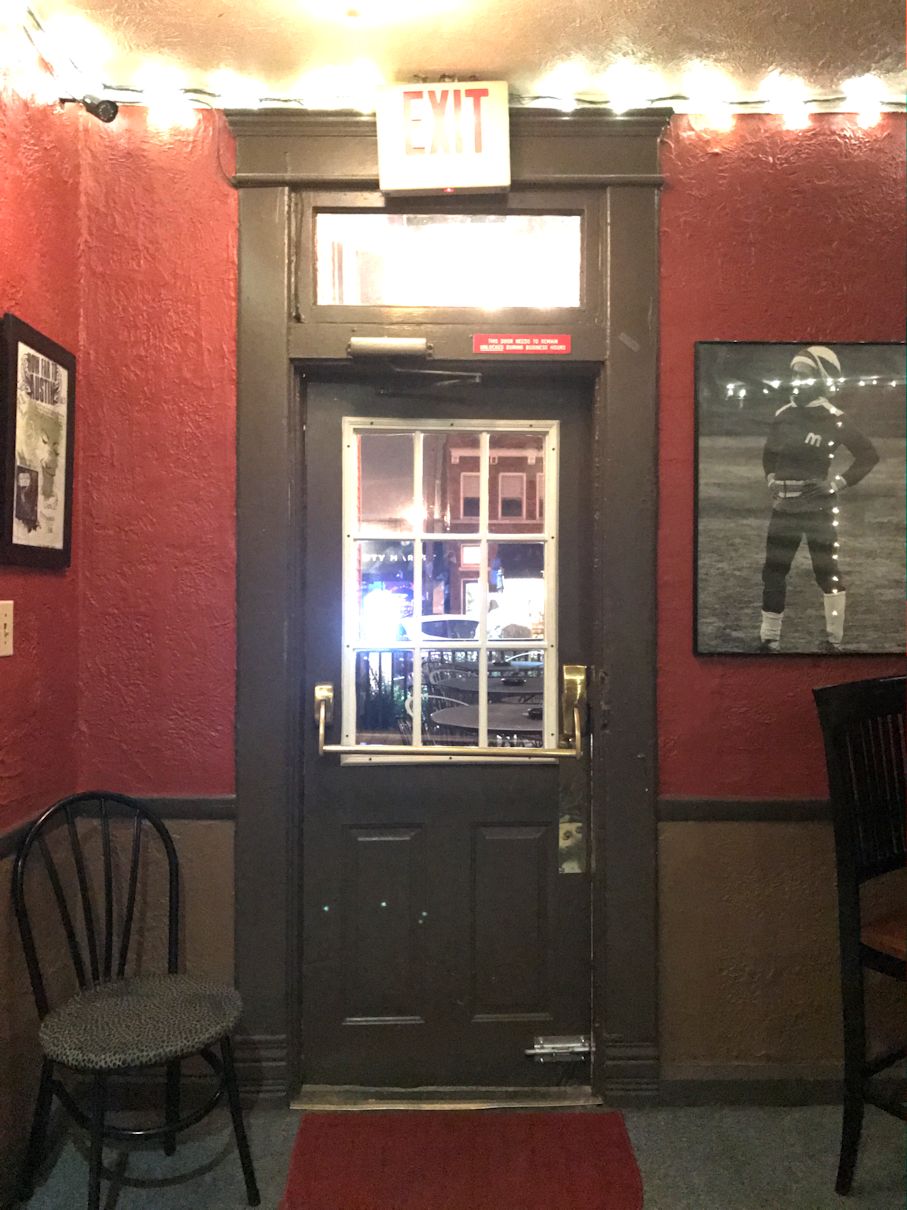 Last week I posted a photo and asked if the signage made the door code-compliant. As many people commented, the short answer is “no.” It’s hard for me to resist a “teachable moment,” so I want to follow up on a few things…
Last week I posted a photo and asked if the signage made the door code-compliant. As many people commented, the short answer is “no.” It’s hard for me to resist a “teachable moment,” so I want to follow up on a few things…
Many business owners / people responsible for egress in their buildings seem to think that putting up a sign stating, “This door to remain unlocked while the building is occupied,” allows them to use locks that are not code-compliant. The model codes are very specific about this type of signage being used when the door is equipped with a key-operated lock – typically a double-cylinder deadbolt.
When a double-cylinder deadbolt is used, the justification is that the building can’t be open for business / occupied by the public unless someone unlocks the door. And once the door is unlocked, it can’t be locked except by someone with a key. The model codes also require the lock to be readily identifiable as locked, and this application can only be used on the main entrance door of certain occupancy types. This combination of requirements ensures an acceptable level of safety, at least according to the model codes.
In the photo from last week, the door is equipped with a surface bolt near the bottom, in addition to panic hardware. This would require two releasing operations, and probably special knowledge or effort for building occupants who are not familiar with the surface bolt. The bolt is mounted below the allowable range of 34 inches to 48 inches above the floor, and is also mounted within the 10-inch area that is supposed to be flush and smooth. AND…this does not appear to be the main entrance door.
I guess it’s possible that a code official might have allowed this application, but I think it’s highly unlikely. The presence of the signage does nothing to help with the code-compliance of this door.
You need to login or register to bookmark/favorite this content.






Leave A Comment